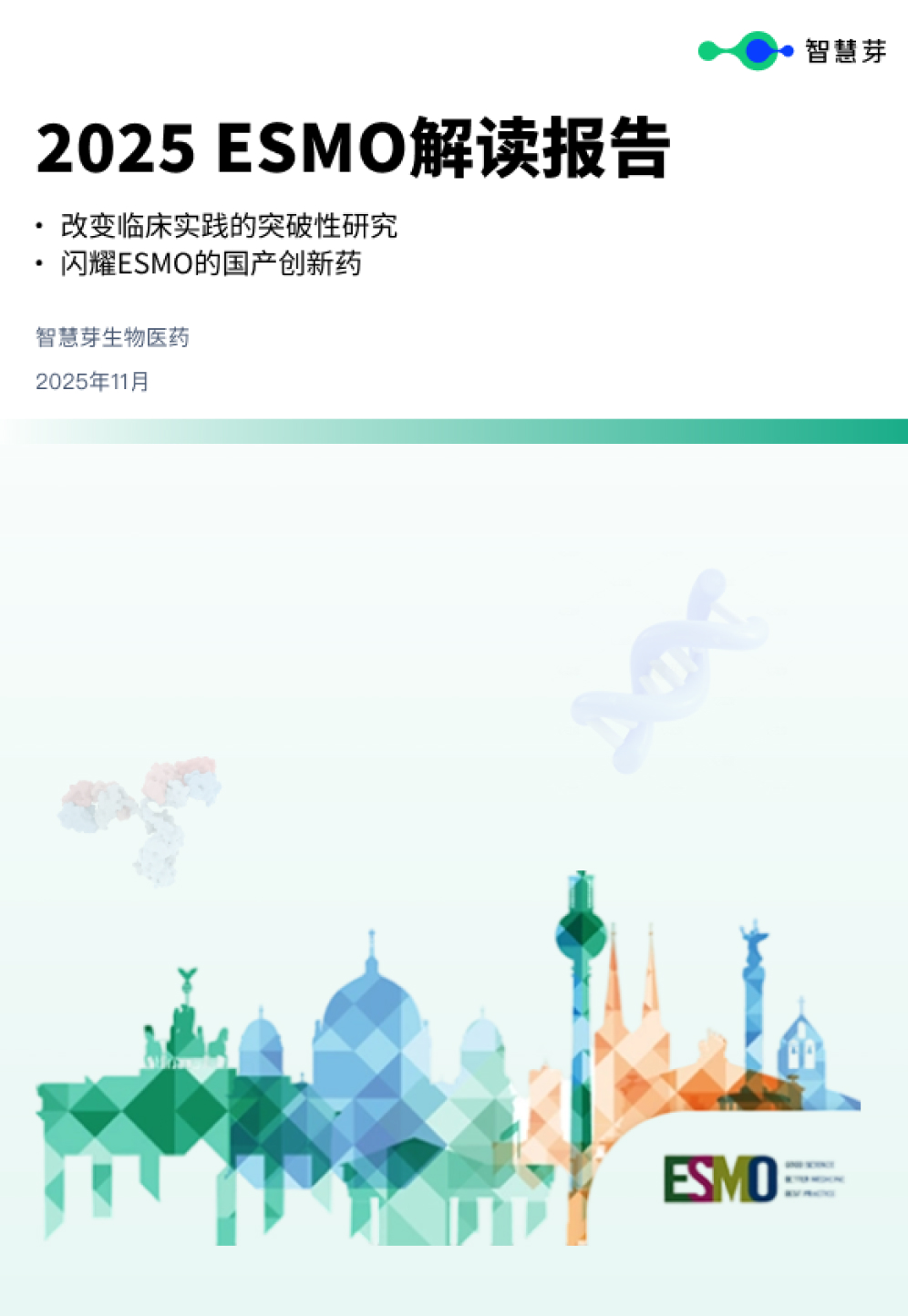预约演示
Gilead, Merck & Co.’s oral once-weekly HIV therapy maintains viral suppression
2024-03-07
临床结果临床2期临床3期
Gilead Sciences and Merck & Co. moved a step closer to bringing the first oral HIV treatment to market that is dosed once weekly after unveiling promising mid-stage data at the Conference on Retroviruses and Opportunistic Infections (CROI). “HIV treatment is not one size fits all – developing once-weekly treatment options could help meet the needs of each individual,” remarked Jared Baeten, vice president of HIV clinical development at Gilead.
The Phase II study included 104 virologically suppressed adults on Gilead’s oral daily therapy Biktarvy (bictegravir/emtricitabine/tenofovir alafenamide). Subjects were randomised to either continue treatment with daily Biktarvy or to receive once-weekly treatment with the combination of Gilead’s HIV capsid inhibitor Sunlenca (lenacapavir) and Merck’s nucleoside reverse transcriptase translocation inhibitor islatravir.
Results for the primary endpoint showed that at week 24, only one participant in the Sunlenca-islatravir group had a viral load >50 copies/mL which was subsequently suppressed by week 30, whereas none of the Biktarvy-treated participants exceeded this threshold. Meanwhile, participants switched to the Sunlenca-islatravir combination maintained high rates of HIV suppression at week 24 comparable to Biktarvy, with rates of 94.2% in both the groups.
Broader use of Biktarvy
Gilead also presented new findings at CROI from studies investigating Biktarvy in people with HIV and coinfections, including hepatitis B (HBV) and tuberculosis (TB), and in those with resistance-associated HIV mutations.
The Phase III ALLIANCE study, which pitted Biktarvy against dolutegravir (DTG)-based regimens in 243 participants with HIV/HBV coinfection had previously shown comparable efficacy and safety of the two interventions at week 96, with Biktarvy-treated participants exhibiting numerically higher levels of HBV viral suppression and seroconversion. A new subgroup analysis demonstrated favourable treatment responses with Biktarvy, particularly among individuals younger in age, those with specific HBV genotypes, and those with higher-than-normal liver enzymes.
Preliminary findings from the ongoing Phase IIb INSIGHT study involving 122 participants with HIV/TB coinfection treated with either Biktarvy or a DTG-based regimen, showed that 97% of participants achieved viral suppression at week 24 in both groups, with a similar safety profile for the two interventions.
Finally, an analysis of resistance mutations among individuals switching to Biktarvy in three studies, found that the mutations persisted despite viral suppression, emphasising the importance of knowing treatment history and prior mutation status in managing HIV. Biktarvy recently bagged an expanded indication from the FDA for treating people with HIV and M184V/I resistance.
“People with HIV and comorbid conditions or pre-existing treatment resistance can often face complex and evolving treatment needs,” Baeten said, adding that these findings advocate the “potential of Biktarvy in a broad range of people and communities affected by HIV.”
更多内容,请访问原始网站
文中所述内容并不反映新药情报库及其所属公司任何意见及观点,如有版权侵扰或错误之处,请及时联系我们,我们会在24小时内配合处理。
靶点
生物医药百科问答
全新生物医药AI Agent 覆盖科研全链路,让突破性发现快人一步
立即开始免费试用!
智慧芽新药情报库是智慧芽专为生命科学人士构建的基于AI的创新药情报平台,助您全方位提升您的研发与决策效率。
立即开始数据试用!
智慧芽新药库数据也通过智慧芽数据服务平台,以API或者数据包形式对外开放,助您更加充分利用智慧芽新药情报信息。





